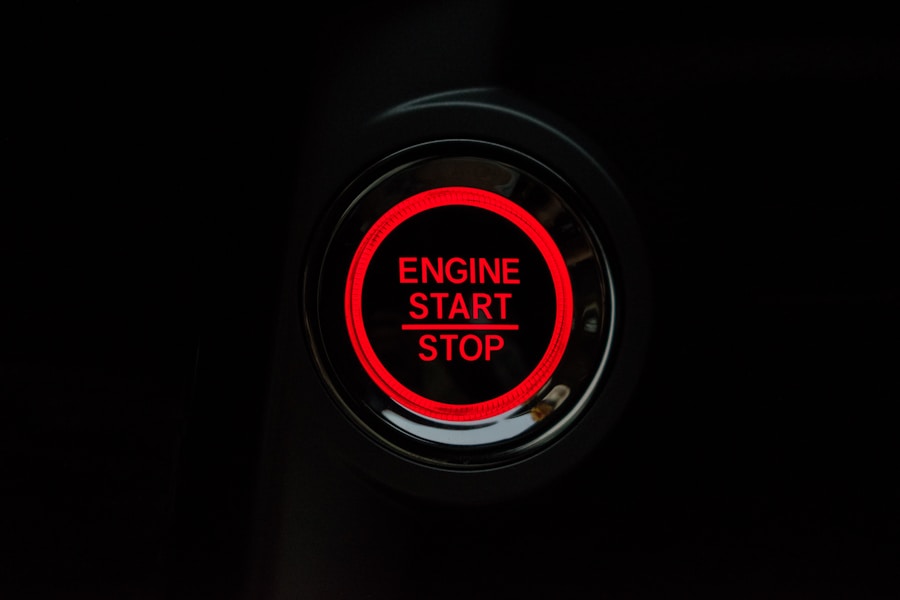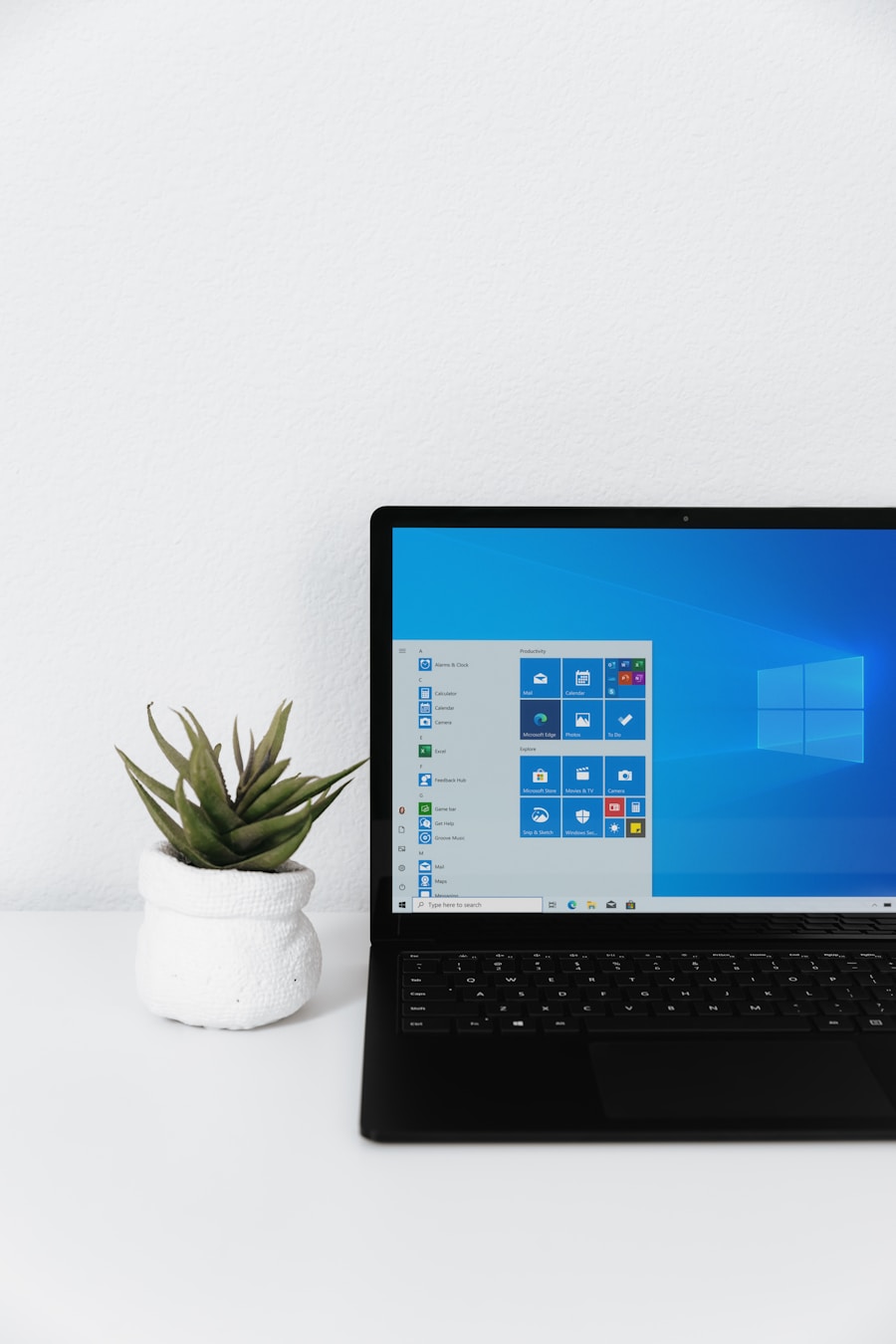Fast Startup is a feature introduced in Windows 8 and carried over to Windows 10 and 11, designed to reduce the boot time of the operating system. It achieves this by combining elements of a cold boot and hibernation. When Fast Startup is enabled, Windows saves the current system state to a hibernation file upon shutdown.
This includes the kernel session and device drivers, allowing the system to resume from this saved state rather than performing a full boot sequence. As a result, users experience significantly quicker startup times, often reducing the wait from several minutes to mere seconds. In Windows 11, Fast Startup operates similarly to its predecessors but benefits from enhancements in performance and efficiency.
The feature is particularly advantageous for users with solid-state drives (SSDs), as these drives inherently offer faster read and write speeds compared to traditional hard disk drives (HDDs). By leveraging the hibernation file, Windows 11 can bypass many of the initialization processes that typically occur during a standard boot, leading to a more seamless user experience. However, while Fast Startup can be a boon for many users, it is essential to understand its implications on system performance and functionality.
Key Takeaways
- Fast Startup in Windows 11 is a feature that allows the system to boot up faster by saving the kernel session to the hibernation file upon shutdown.
- The drawbacks of Fast Startup include potential issues with dual-boot systems, problems with system updates, and the inability to access the BIOS or UEFI settings during startup.
- To disable Fast Startup in Windows 11, users can access the Power Options menu in the Control Panel and make changes to the power plan settings.
- A step-by-step guide to disabling Fast Startup involves navigating to the Control Panel, selecting Power Options, choosing the power plan, and then disabling the Fast Startup option.
- Common issues when disabling Fast Startup may include slower boot times, increased power consumption, and potential compatibility issues with certain hardware or software.
- The benefits of disabling Fast Startup include improved system stability, better compatibility with dual-boot setups, and the ability to access the BIOS or UEFI settings during startup.
The drawbacks of Fast Startup
Despite its advantages, Fast Startup is not without its drawbacks. One significant issue is that it can lead to complications with dual-boot systems. For users who have multiple operating systems installed on their machines, such as Windows alongside Linux, Fast Startup can prevent the secondary operating system from booting correctly.
This occurs because the hibernation file locks certain system resources, making them unavailable for other operating systems. Consequently, users may find themselves unable to access their alternative OS without first disabling Fast Startup.
Fast Startup can sometimes cause problems with specific devices or peripherals, particularly those that require a full initialization during boot. For instance, some users have reported issues with USB devices not being recognized or functioning correctly when Fast Startup is enabled. This can be particularly frustrating for those who rely on external drives or other USB-connected devices for their daily tasks.
In such cases, disabling Fast Startup may resolve these compatibility issues and ensure that all hardware functions as intended.
How to disable Fast Startup in Windows 11

Disabling Fast Startup in Windows 11 is a straightforward process that can be accomplished through the Control Panel. While many users may appreciate the speed that Fast Startup offers, there are instances where turning it off is necessary for optimal system performance or compatibility with other software and hardware. The process involves accessing the Power Options settings within the Control Panel and modifying the settings related to shutdown behavior.
To begin, users need to navigate to the Control Panel by searching for it in the Start menu or using the Run dialog (Windows + R) and typing “control.” Once in the Control Panel, they should select “Power Options,” which will lead them to various power management settings. From there, users can access additional settings that allow them to modify how their computer behaves during startup and shutdown. Disabling Fast Startup can be particularly beneficial for troubleshooting issues related to boot times or hardware recognition.
Step-by-step guide to disabling Fast Startup
| Step | Description |
|---|---|
| 1 | Click on the Start button and select “Settings”. |
| 2 | Go to “System” and then “Power & sleep”. |
| 3 | Click on “Additional power settings” on the right side. |
| 4 | Choose “Choose what the power buttons do” on the left side. |
| 5 | Click on “Change settings that are currently unavailable”. |
| 6 | Scroll down and uncheck “Turn on fast startup (recommended)”. |
| 7 | Click on “Save changes”. |
To effectively disable Fast Startup in Windows 11, follow these detailed steps: 1. Open the Control Panel: Click on the Start menu and type “Control Panel” in the search bar. Select the Control Panel app from the results.
2. Access Power Options: In the Control Panel window, locate and click on “Power Options.” This section contains various settings related to power management. 3.
Choose what the power buttons do: On the left sidebar of the Power Options window, click on “Choose what the power buttons do.” This will take you to a new screen where you can configure power button settings. 4. Change settings that are currently unavailable: At the top of this screen, you may see a link that says “Change settings that are currently unavailable.” Click on this link to unlock additional options.
5. Disable Fast Startup: Scroll down to find the “Shutdown settings” section. Here, you will see an option labeled “Turn on fast startup (recommended).” Uncheck this box to disable Fast Startup.
6. Save changes: After unchecking the box, scroll down and click on “Save changes” to apply your new settings. By following these steps, users can successfully disable Fast Startup in Windows 11, allowing for a more traditional boot process that may resolve various issues related to hardware compatibility and dual-boot configurations.
Troubleshooting common issues when disabling Fast Startup
After disabling Fast Startup, some users may encounter specific issues that require troubleshooting. One common problem is related to slow boot times after turning off this feature. While Fast Startup is designed to speed up boot times, disabling it may lead some users to perceive their system as slower than before.
This perception can stem from various factors, including background processes that run during startup or an overloaded startup folder with too many applications set to launch at boot. To address slow boot times after disabling Fast Startup, users should consider optimizing their startup programs. This can be done by accessing the Task Manager (Ctrl + Shift + Esc) and navigating to the “Startup” tab.
Here, users can disable unnecessary applications that may be contributing to longer boot times. Additionally, ensuring that the system is free from malware or unnecessary software can also help improve overall performance. Another issue that may arise is related to hardware recognition problems after disabling Fast Startup.
Some users might find that certain peripherals or devices are not functioning correctly after making this change. In such cases, it is advisable to check for driver updates for those devices through Device Manager. Users can access Device Manager by right-clicking on the Start button and selecting it from the menu.
Once in Device Manager, they can expand categories related to their devices and right-click on them to check for updates or troubleshoot any issues.
The benefits of disabling Fast Startup

Improved Compatibility and Reliability
Disabling Fast Startup ensures that all components are initialized correctly during boot-up, leading to fewer errors and a more reliable computing experience. This is particularly beneficial for users who frequently switch between operating systems or utilize multiple devices connected via USB ports.
Enhanced Troubleshooting Capabilities
Disabling Fast Startup allows for a more thorough system boot process, which can be beneficial for troubleshooting purposes. When Fast Startup is enabled, certain diagnostic tools and recovery options may not function as intended due to the hibernation state of the operating system. By performing a complete shutdown and boot sequence, users gain access to all recovery options available in Windows 11, making it easier to address any underlying issues with their system.
Personalized Experience and Flexibility
Disabling Fast Startup provides users with greater flexibility in managing their Windows 11 experience. The ability to manage how their system boots up can lead to a more personalized experience tailored to individual needs and preferences. Whether it’s ensuring compatibility with specific software or simply preferring a traditional boot process, disabling Fast Startup gives users more control over their computing environment.
If you are looking to learn more about how to optimize your Windows 11 system, you may want to check out this article on how to disable unnecessary startup programs. This article provides helpful tips on how to improve your computer’s performance by turning off programs that automatically start when you boot up your system. By following these steps, you can ensure that your computer runs more efficiently and smoothly.
FAQs
What is Fast Startup in Windows 11?
Fast Startup is a feature in Windows 11 that allows the system to boot up faster by saving the kernel session and device drivers to a hibernation file when the computer is shut down.
Why would I want to turn off Fast Startup in Windows 11?
Some users may want to turn off Fast Startup in Windows 11 to troubleshoot startup issues, perform a clean boot, or access certain system settings that are not available when Fast Startup is enabled.
How do I turn off Fast Startup in Windows 11?
To turn off Fast Startup in Windows 11, go to Settings > System > Power & battery, then click on Additional power settings. Next, click on “Choose what the power buttons do” and then “Change settings that are currently unavailable.” Finally, uncheck the box next to “Turn on fast startup (recommended)” and click “Save changes.”
What are the potential drawbacks of turning off Fast Startup in Windows 11?
Turning off Fast Startup in Windows 11 may result in slightly longer boot times, as the system will not be able to use the hibernation file to quickly resume the previous session. However, it may also help resolve certain startup and shutdown issues.
